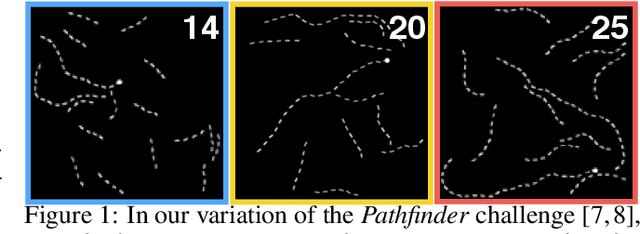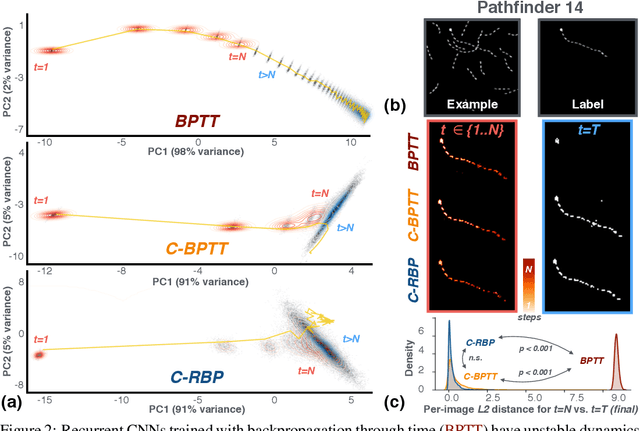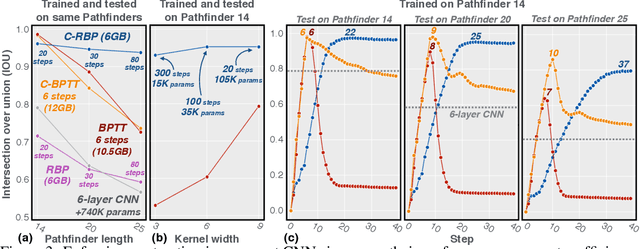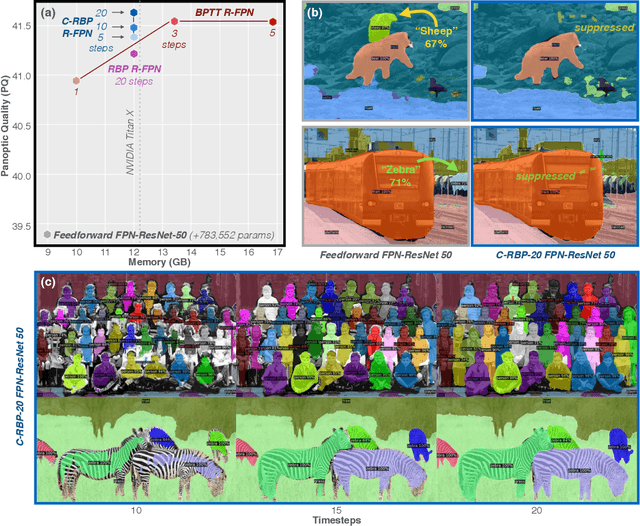Stable and expressive recurrent vision models
Paper and Code
May 22, 2020



Primate vision depends on recurrent processing for reliable perception (Gilbert & Li, 2013). At the same time, there is a growing body of literature demonstrating that recurrent connections improve the learning efficiency and generalization of vision models on classic computer vision challenges. Why then, are current large-scale challenges dominated by feedforward networks? We posit that the effectiveness of recurrent vision models is bottlenecked by the widespread algorithm used for training them, "back-propagation through time" (BPTT), which has O(N) memory-complexity for training an N step model. Thus, recurrent vision model design is bounded by memory constraints, forcing a choice between rivaling the enormous capacity of leading feedforward models or trying to compensate for this deficit through granular and complex dynamics. Here, we develop a new learning algorithm, "contractor recurrent back-propagation" (C-RBP), which alleviates these issues by achieving constant O(1) memory-complexity with steps of recurrent processing. We demonstrate that recurrent vision models trained with C-RBP can detect long-range spatial dependencies in a synthetic contour tracing task that BPTT-trained models cannot. We further demonstrate that recurrent vision models trained with C-RBP to solve the large-scale Panoptic Segmentation MS-COCO challenge outperform the leading feedforward approach. C-RBP is a general-purpose learning algorithm for any application that can benefit from expansive recurrent dynamics. Code and data are available at https://github.com/c-rbp.
 Add to Chrome
Add to Chrome Add to Firefox
Add to Firefox Add to Edge
Add to Edge